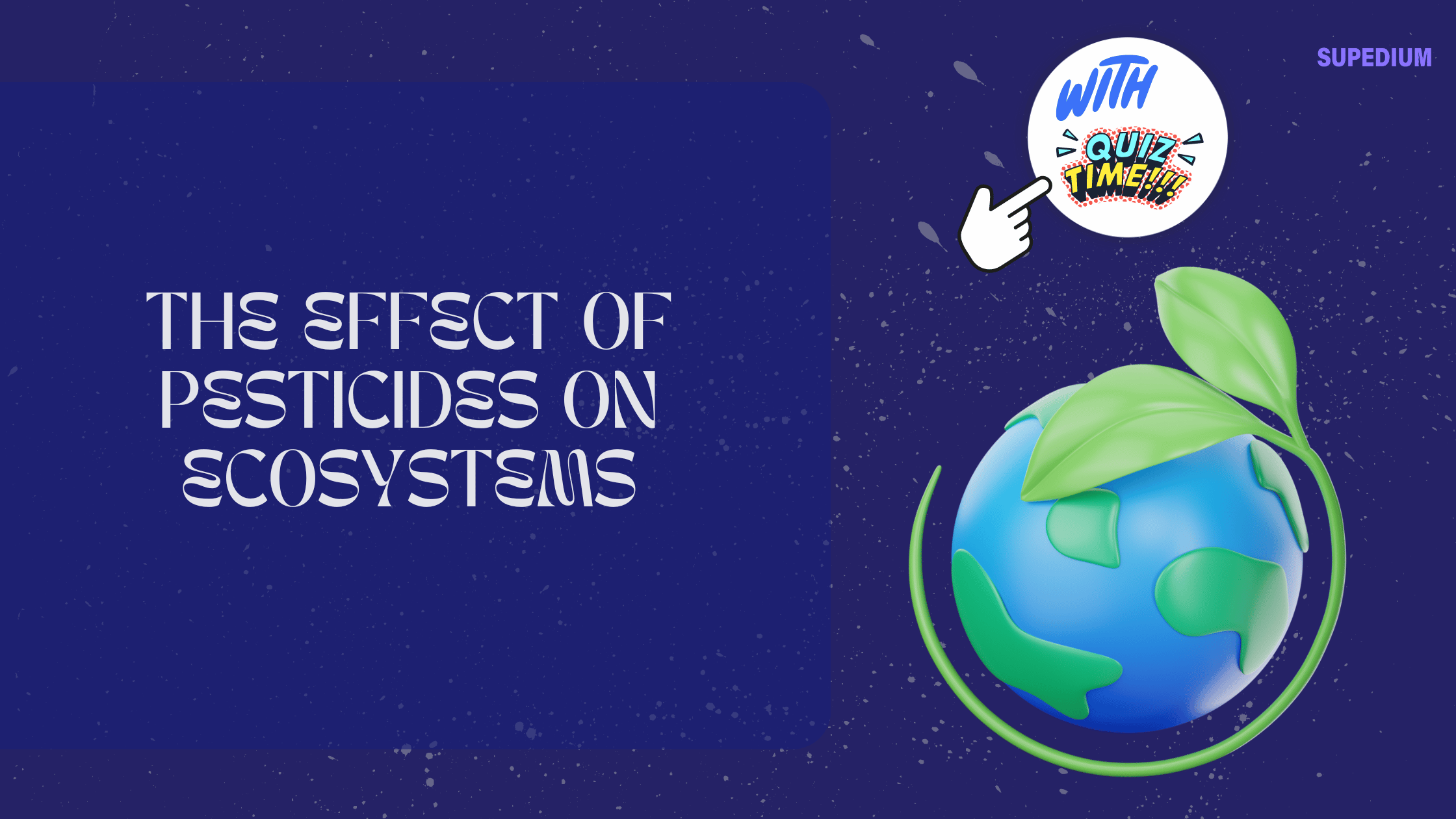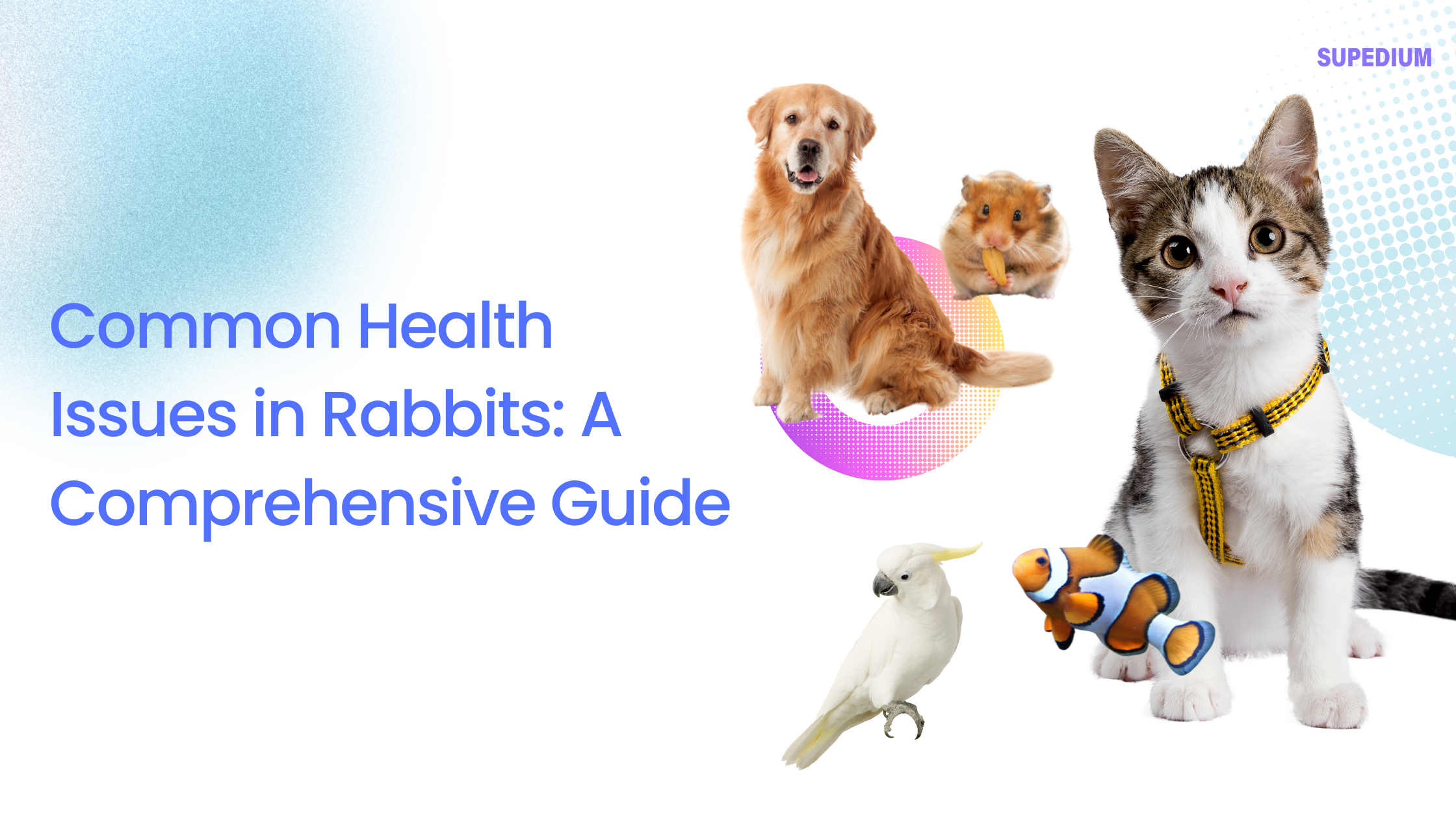Table of Contents
![]()
Introduction
Pesticides are chemicals used to control pests that threaten crops, livestock, and human health. They come in various forms, including insecticides, herbicides, and fungicides, each designed to target specific organisms. While pesticides play a crucial role in modern agriculture and pest management, their impact on ecosystems is a growing concern. Ecosystems, which are complex networks of interacting organisms and their environments, provide essential services such as pollination, soil fertility, and water purification. Understanding how pesticides affect these systems is critical for ensuring both environmental and human health.
Mechanisms of Pesticide Impact
Direct Effects on Non-Target Species
Pesticides can impact ecosystems through multiple mechanisms, both directly and indirectly. Non-target species, including beneficial insects, birds, and aquatic life, can suffer from pesticide exposure. For instance, insecticides may kill not only the targeted pests but also pollinators like bees and butterflies, which are vital for crop pollination. Similarly, herbicides may eliminate plants that provide habitat and food for various animal species. Fish and amphibians in aquatic ecosystems are particularly vulnerable to pesticide runoff, which can lead to acute toxicity and population declines.
Indirect Effects through Food Webs
The impact of pesticides extends beyond immediate toxicity to disrupt entire food webs. By killing certain species, pesticides can alter predator-prey relationships, leading to cascading effects throughout the ecosystem. For example, the decline of insectivorous birds due to reduced insect populations can result in unchecked insect populations, further affecting plant health and ecosystem balance.
Chemical Persistence and Bioaccumulation
Pesticides can persist in the environment for extended periods, leading to their accumulation in soil and water. Some chemicals may bioaccumulate in the tissues of organisms, concentrating up the food chain in a process known as biomagnification. This can lead to higher pesticide levels in predators, potentially causing health issues and affecting reproductive success.
Effects on Soil Health
Impact on Soil Microorganisms
Soil health is crucial for productive agriculture and ecosystem sustainability. Pesticides can significantly alter soil properties and microbial communities. Soil microorganisms, including bacteria and fungi, play essential roles in nutrient cycling and soil fertility. Pesticides can disrupt these microbial communities, reducing their populations and altering their functions. For instance, herbicides and fungicides can negatively affect nitrogen-fixing bacteria, which are vital for maintaining soil fertility.
Changes in Soil Structure and Fertility
Pesticides can also impact soil structure and texture. For example, certain chemicals may reduce soil porosity and affect water infiltration, leading to erosion and decreased soil quality. This, in turn, can impact plant growth and overall ecosystem health.
Effects on Water Systems
Pesticide Runoff and Water Contamination
Pesticide use can have profound effects on water systems, including both surface water and groundwater. When pesticides are applied to fields, they can be carried by rain or irrigation into nearby water bodies, leading to contamination. This runoff can cause immediate harm to aquatic life, such as fish kills, and contribute to long-term issues like algae blooms. Algae blooms can deplete oxygen levels in water, harming aquatic organisms and disrupting ecosystems.
Effects on Water Quality
The presence of pesticide residues in water can affect both aquatic life and human health. Persistent chemicals may lead to long-term changes in water quality, making it less suitable for drinking, irrigation, and supporting aquatic species.
Effects on Biodiversity
Loss of Species Diversity
Biodiversity, the variety of life within an ecosystem, is essential for ecosystem resilience and functionality. Pesticides can lead to a reduction in species diversity by eliminating non-target species and disrupting habitat conditions. This loss can affect both plant and animal species, leading to decreased genetic diversity and resilience.
Altered Community Structures
The impact of pesticides can shift community structures within ecosystems. For example, the decline of certain species can lead to an increase in others that are more resistant to pesticide exposure. These shifts can alter ecosystem interactions and functions, potentially leading to less stable and less productive ecosystems.
Human Health Implications
Exposure Pathways
The use of pesticides also raises concerns about human health. Humans can be exposed to pesticides through direct contact, such as during agricultural work, or indirectly through residues in food and water. Chronic exposure to low levels of pesticides has been linked to various health issues, including respiratory problems, endocrine disruption, and cancer.
Health Effects
The health effects of pesticide exposure can be both acute and chronic. Acute effects may include symptoms like nausea, headaches, and skin irritation, while chronic exposure can lead to more severe health issues, including long-term diseases and reproductive problems.
Mitigation and Management Strategies
Integrated Pest Management (IPM)
Efforts to mitigate the negative effects of pesticides on ecosystems include various strategies and practices. Integrated Pest Management (IPM) is a holistic approach that combines multiple methods to control pests while minimizing environmental impact. IPM strategies may include the use of biological control agents, crop rotation, and selective pesticide application. Successful IPM programs have demonstrated significant reductions in pesticide use and improvements in ecosystem health.
Alternative Pest Control Methods
Biological control methods, such as introducing natural predators or parasites of pests, offer alternatives to chemical pesticides. Organic farming practices also emphasize the use of natural inputs and methods to manage pests, reducing reliance on synthetic chemicals.
Policy and Regulation
Effective policies and regulations are essential for managing pesticide use and minimizing their environmental impact. Current regulations vary by country, but they generally aim to ensure safe pesticide use and protect ecosystems. Continued efforts to strengthen and enforce these regulations, as well as to develop safer alternatives, are crucial for improving environmental and human health outcomes.
Case Studies
Specific Ecosystems Affected by Pesticides
Examining specific case studies can provide valuable insights into the effects of pesticides and successful mitigation strategies. For instance, pesticide runoff into wetlands can lead to habitat degradation and loss of biodiversity. Understanding these effects helps in developing targeted management strategies to protect these critical environments.
Success Stories of Ecosystem Recovery
There are numerous examples of successful ecosystem recovery following reduced pesticide use or implementation of alternative practices. These cases demonstrate the potential for ecosystems to recover and thrive when given appropriate management and conservation measures.
Future Directions
Research Needs
Looking ahead, several areas require further attention and research. Gaps in current knowledge include understanding the long-term effects of low-level pesticide exposure and the cumulative impacts on ecosystems. Continued research is needed to address these gaps and develop more effective management practices.
Innovations in Pesticide Use
Advances in pesticide technology, such as the development of less harmful chemicals and precision application methods, offer potential for reducing environmental impacts. Additionally, innovations in pest management and crop protection can contribute to more sustainable agricultural practices.
Conclusion
The effects of pesticides on ecosystems are complex and multifaceted, impacting soil health, water systems, biodiversity, and human health. Addressing these impacts requires a comprehensive approach that includes improved pest management practices, regulatory measures, and continued research. By adopting more sustainable practices and developing innovative solutions, we can work towards minimizing the negative effects of pesticides and protecting the health and resilience of our ecosystems.






Be the first to comment